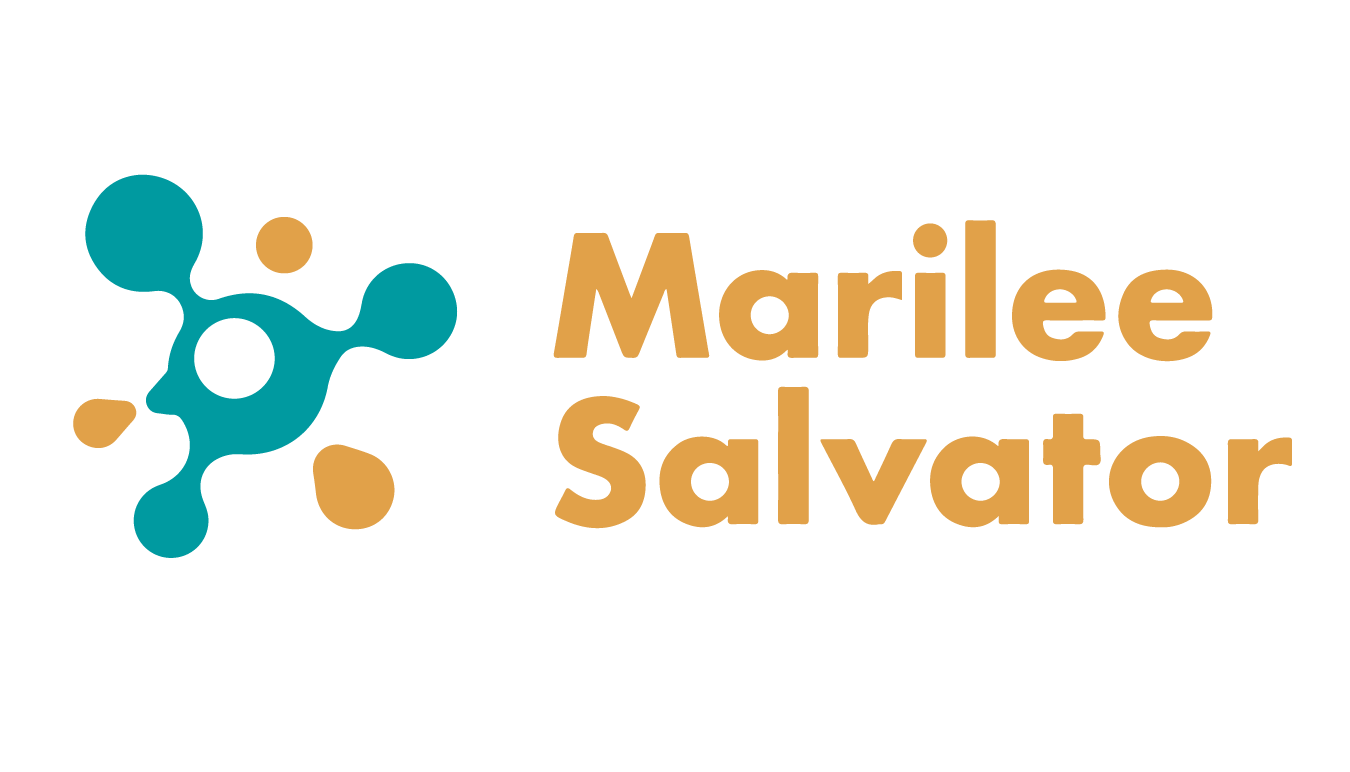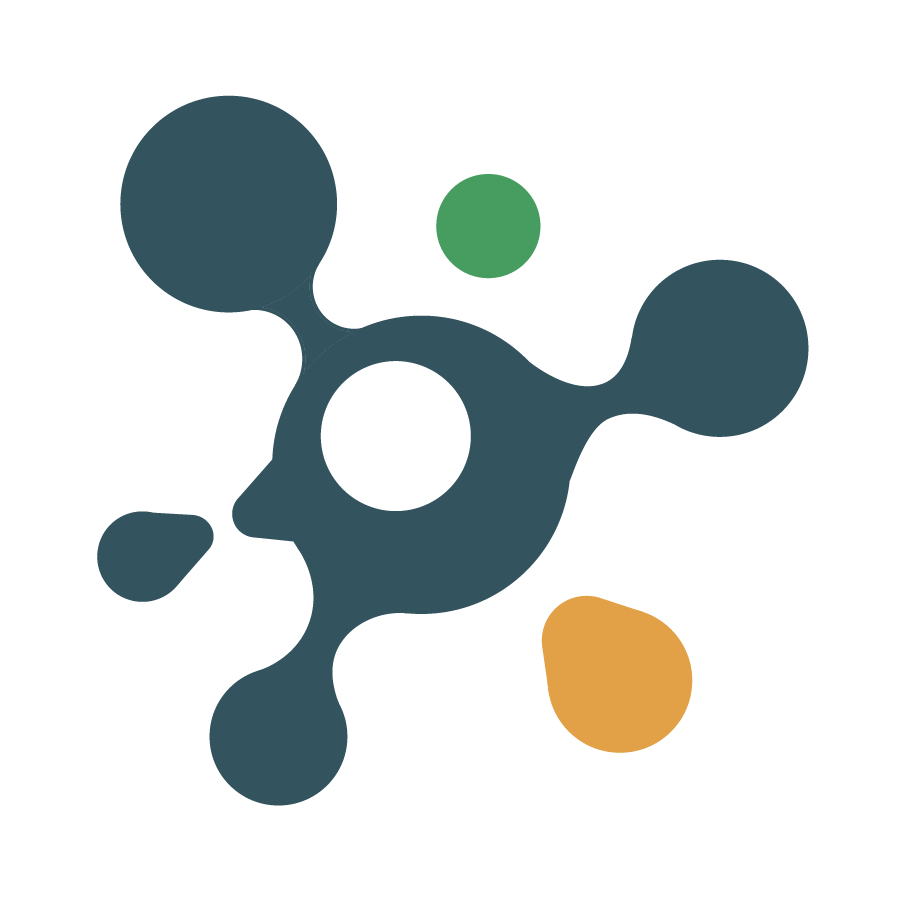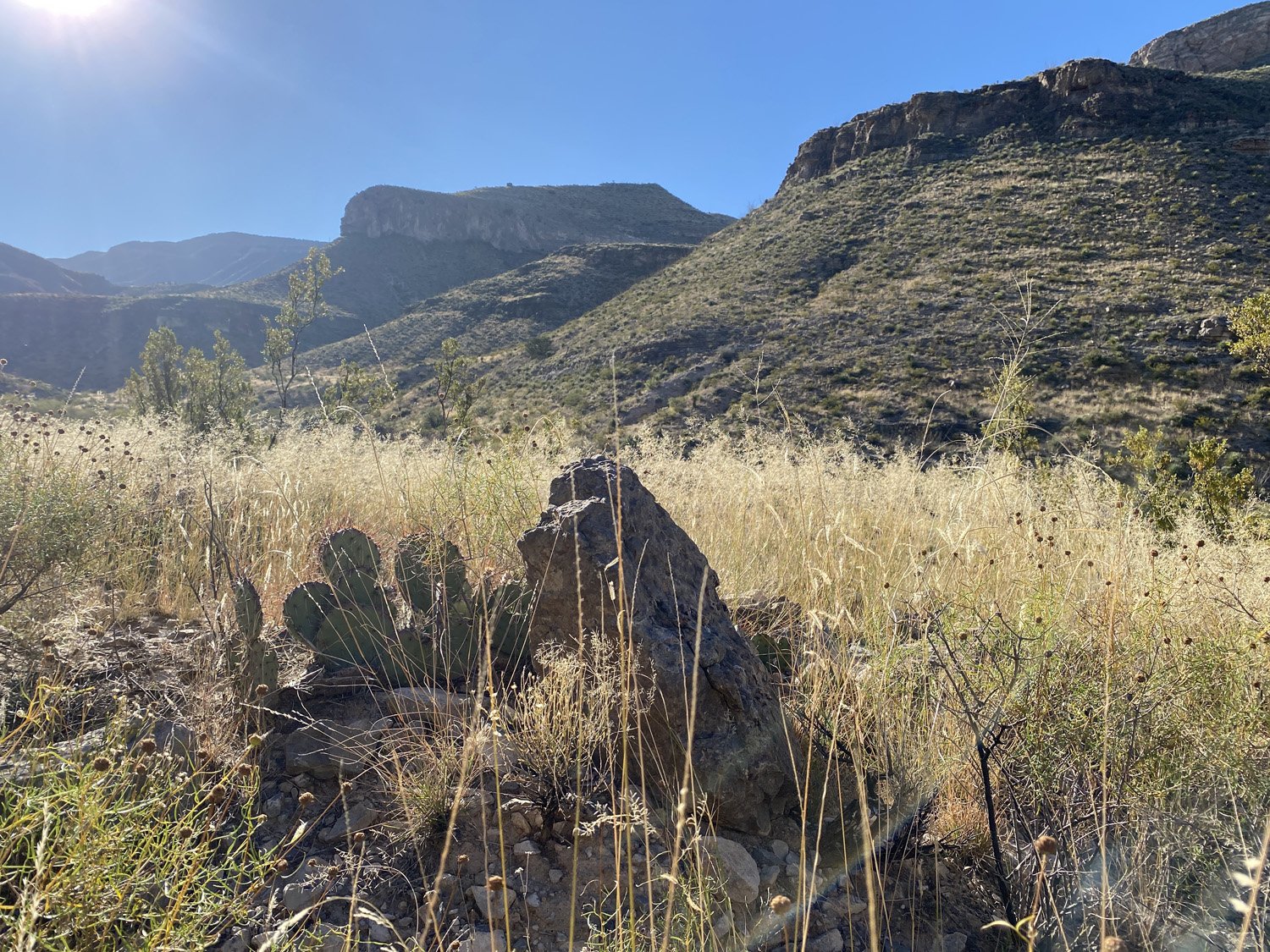Artist Statement
Since childhood, nature has been my muse for contemplation, inspiring me to explore its ecosystems and uncover hidden treasures in minuscule details. Recent adventures in New Mexico and collaborations with scientists have reignited this passion, shaping the body of work I present.
My practice is a symbiotic relationship with materials and the natural world. Each day, I engage in a ritual of setting thin Kozo papers in the sun, weighted by found rocks, and pouring homemade walnut inks onto them. This process captures a unique record of evaporation, recorded in the fibers, which I use to create printing matrices and incorporate into my work. I am fascinated by the reticulation patterns born from this process and the element of chance it embodies.
Deliberately seeking natural materials, I envisioned incorporating them into intricate sculptural elements. By submerging these objects in layers of recycled latex paint, I aim to shed light on pollution and humanity's environmental impact, obscuring intricate details with each layer and encapsulating them in a transformative shell of discarded paint. Coating them in wax symbolizes a bid to preserve these natural treasures, highlighting the delicate balance between exploitation and preservation.
My exploration extends into the micro-biological realm, drawing parallels between invasive plants and diseases. Combining historical and non-traditional printmaking approaches, I push boundaries, creating installations and prints that unfold and grow organically. Recently, I've delved into bryozoans, digitally altering and combining colonies into printing matrices, exploring themes of repetition, pattern, hidden beauty, and exponential growth.
The translucent paper I use, despite its delicate appearance, boasts resilience, mirroring our Earth's strength and need for protection. Manipulating bryozoan colonies reflects humanity's detrimental desire to control nature, with nature often responding in ways beyond our control. This imagery provides a visual language for exploring destruction, growth, and the interconnectedness of all life forms.
-Marilee Salvator



